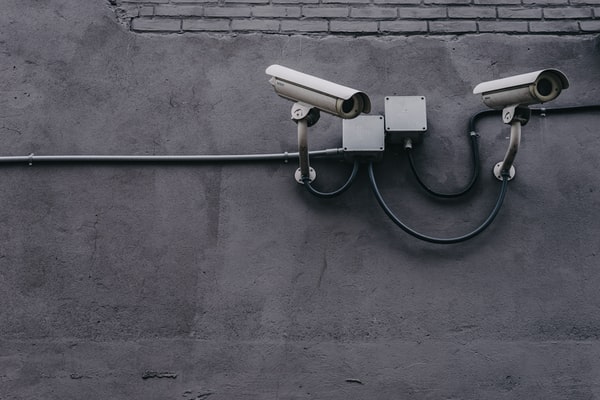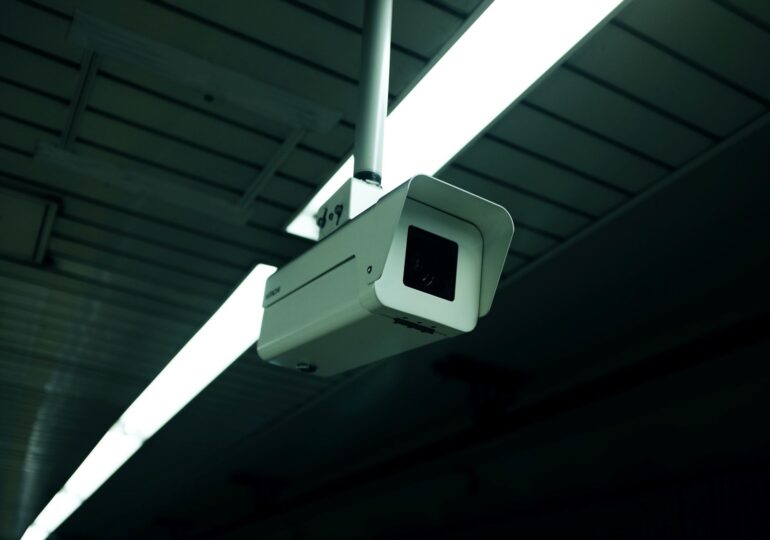Security is essential in everyday life and especially in certain sectors. Many establishments have challenging requirements for security cameras, depending on the field they activate in. some have to control people that pass through security, while others vehicles. There are many great solutions available on the market and finding the right provider is the key to meeting compliance requirements for thermal imaging camera or ultra low light camera.
Why use Thermal Imaging Camera
Certain demanding fields, such as homeland security, do not sleep and operate 24/7. Reduced readiness and downtime are not allowed and this is why the thermal imaging camera is a great solution for these demanding needs. Throughout time, these cameras have proved to be very effective, among the best surveillance products and these days, they are essential to secure the military sector, airports, borders, sea ports, and more. They have various applications and there are many providers out there that offer some amazing models.
Ordinary security cameras are not always effective, especially during the night or through smog or dust. However, thermal models allow specialists to see vehicles and people during these conditions. Security officers are able to see clearly, no matter where or what they have to see. There are many other features worth knowing about and after getting familiarized with them, more and more professionals will not hesitate to implement them. Of course, there are many other versions on the market and each camera type is suitable for specific applications.
What is the Ultra Low Light Camera?

Security cameras need to become more and more advanced to keep up with the needs of the private and public sectors. The good news is that the ultra low light camera presents improved performance, making it a lot easier to cope with the various needs these days, leaving poor performance behind. Back in the days, low-light cameras were monochrome and helped by IR lighting or external white. Visual data was limited and it was often difficult for people to see the footage and determine what happened during a specific moment. The good news is that technology has improved significantly over the years, offering features such as color pictures in low-light.
Other improved features found in such cameras include high resolution, high frame rates and long range. With such technology present, manufacturers offer a variety of models to consumers, from high-end to more affordable products. This is because they want residential, commercial clients and institutions to benefit from the newer technology and to increase security on their premises. Sensor technologies have advanced considerably as well and make a notable difference, especially cameras with high pixel counts. These are more sensitive than predecessors, offering high-quality imagery day and night.
One of the greatest benefits of thermal imaging camera is that it sees night and day. It is a great solution for nighttime security. Back in the days, these models were expensive and required extensive approvals for acquisition. The video images are provided by heat and do not require light, a reason why they are used in all conditions. Manufacturers offer some of the best models and do not require such considerable investments, allowing the use in the security industry, homeland security and other applications.
What is more, they have additional features, such as 24/7 operational imaging and cameras do not need support infrastructure. Operational efficiency and response are improved considerably. Regardless of lighting conditions, one will be able to see imagery from a thermal imaging camera, because these come from heat radiation emitted by all objects. All temperature differences are detected between people and objects and these are transmitted into videos. People will be able to see them on any monitor and keep track of what is happening at all times.
In almost all situations, what matters is to use imagery from a thermal imaging camera and act faster and more efficiently. As long as the camera offers fast transmission, law enforcement and officers will be able to do their work and respond better to threats. Choosing the right camera is not an easy task, especially with all features out there. Some are cooled or uncooled, of different resolutions, mid-wave or longwave, have different sized lenses, and such. What matters the most are mission requirements and regulations.
In general, a provider working in the field has an extensive range of cameras available, offering clients the possibility to invest in the right technology and achieve the desired results. It is crucial to discuss with each about technical information, but also to be able to obtain proof of how the cameras work, how effective they are and in what industry they perform best. This is applicable to mostly all models, including the ultra low light camera.
Low-light environments are challenging and even if a ultra low light camera looks amazing on the data sheet specifications, it is essential to get to know more about the product, if it really does the job right and stands out from the rest. Testing the cameras would be a good idea, in the daytime and during the night as well. Some look amazing during the day, but fail to provide the same quality when the lights go down. Another important aspect is to make sure the camera does not change its resolution in darker environments or in low-light.
Technologies have advanced and it is time to take advantage of the features and embrace them. Homeland security is essential and it is best for institutions to give up using old-fashioned models that do not offer performance and face the newer models that make a difference. Finding a reliable and highly specialized provider in the field is essential to start a profitable collaboration and make sure you receive the needed ongoing support. In case something occurs along the way, it is essential to have specialists around the clock and someone to respond to emergency situations. In all cases, delays and downtime are out of the question and the ultra low light camera has to function properly around the clock.

